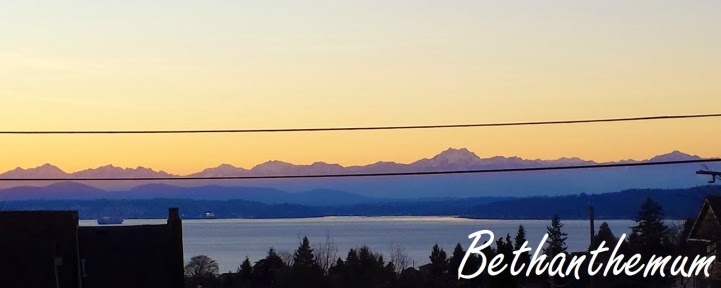So, you can imagine my dismay when I learned that school #2 would be relocating at the end of the year to a temporary building, and then relocating permanently two years later. This means that I will have moved my classroom three years in a row!
I started packing up my room in March. It was hard to find things that I new for sure that I wouldn't need until next autumn. Luckily the district provided boxes, packing tape, box labels, and a wonderful moving coordinator. She suggested that we make an Excel spreadsheet to keep track of what is in each box (as well as labeling the boxes with numbers), and I am so glad that I took her advice. My TA's helped me pack and offered suggestions - I am always learning from my students!
This time I get to truly start from a blank slate. Our temporary building has been empty for some time, and was remodeled in order to be up to code for our two-year stay. I'm planning on taking advantage of this opportunity to start fresh with more intentional use of my new space.
Unpacking is challenging, to say the least. I arrived in my new room to find my boxes piled willy-nilly in the center of the room. Tables I requested from the old building were propped up on their ends. Boxes appeared to be missing. It was overwhelming.
 After staring hopelessly at my things I finally convinced myself to start. But where to start? I decided to put my easel back together. It's the least important thing to do, but also the most obvious place to start since I knew where all of the pieces were and putting it together would allow me to move it out of the way more easily thanks to its wheels.
After staring hopelessly at my things I finally convinced myself to start. But where to start? I decided to put my easel back together. It's the least important thing to do, but also the most obvious place to start since I knew where all of the pieces were and putting it together would allow me to move it out of the way more easily thanks to its wheels.Student chairs were delivered while I was there, but so far no student desks yet. It makes my room look HUGE, but I know that as soon as those desks arrive it'll be a tight squeeze. My new room is long and narrow (like my old room was) but it's narrower by 2-3 feet.
I expect it'll take quite a bit more work to get my room student-ready. I'm planning on tackling it in small chunks so I don't get overwhelmed. Yesterday, my first unpacking day, I only spent three hours before going home. It wasn't very much time, but I feel pretty accomplished. Along with emptying 5 or 6 boxes, I moved furniture around and figured out how to open those huge, old windows.















.jpg)







